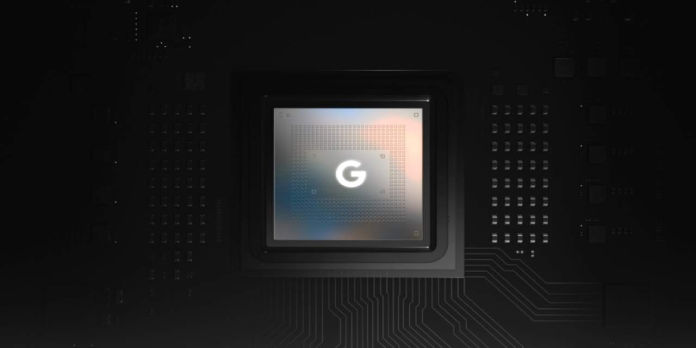This shouldn’t come as a surprise to anyone. Google is undoubtedly one of the monarchs of machine learning (ML) and artificial intelligence (AI), technologies it uses to make sense of the massive amounts of data it receives via the Internet. So it was predicted that when it announced that it was developing its System-on-Chip (SoC) called Tensor, the chip would prioritise machine learning. That’s what Google is officially revealing about the Tensor processor and its capabilities while it’s keeping the technical details under wraps.
Even if the Tensor will perform just as well as the Snapdragon 888, Google wants to clarify that it is a separate breed. The chipset within the Pixel 6 is designed with machine learning in mind, from the CPU design to how the various processing units interact. It was created in collaboration with Google Research because Google wants the chip to be ahead of the curve for future machine learning developments.
Of course, most Pixel 6 owners aren’t worried about that and are more concerned with how it affects their day-to-day device use. Of course, the Google Tensor is credited with enabling Automatic Speech Recognition over a long period, Live Translate on videos using speech and translation models that are only stored on the device, and photography tricks like Motion Mode, which adds a blur effect to some parts of the image only, or even live HDR+ even for 4K 60fps videos. All of these have a “heterogeneous” design, which means they utilise the CPU, GPU, TPU, and other resources across the entire chip at the same time.
While competing processors, such as the Snapdragon 888 or the Exynos 2100, may achieve the same results, Google argues that the Tensor has a significant advantage in power consumption and thermal management. Its unusual use of two Cortex-X1 “prime” cores, two older Cortex-A76 cores, and four Cortex-A55 cores could explain this. Rather than aiming for a massive burst of high performance from that single prime core, the Tensor splits a heavy load between the two Cortex-X1 cores so that the CPU can swiftly complete work and return to a low-power “standby” mode.
This advantage in power and thermal management could be crucial, especially given reports of the Pixel 5 and 5a overheating after only a few minutes of 4K video recording. It’s too early to tell how well the Tensor performs in the real world, but its odd design suggests that benchmarks may be distorted, especially for single-core tests.
Source: google



